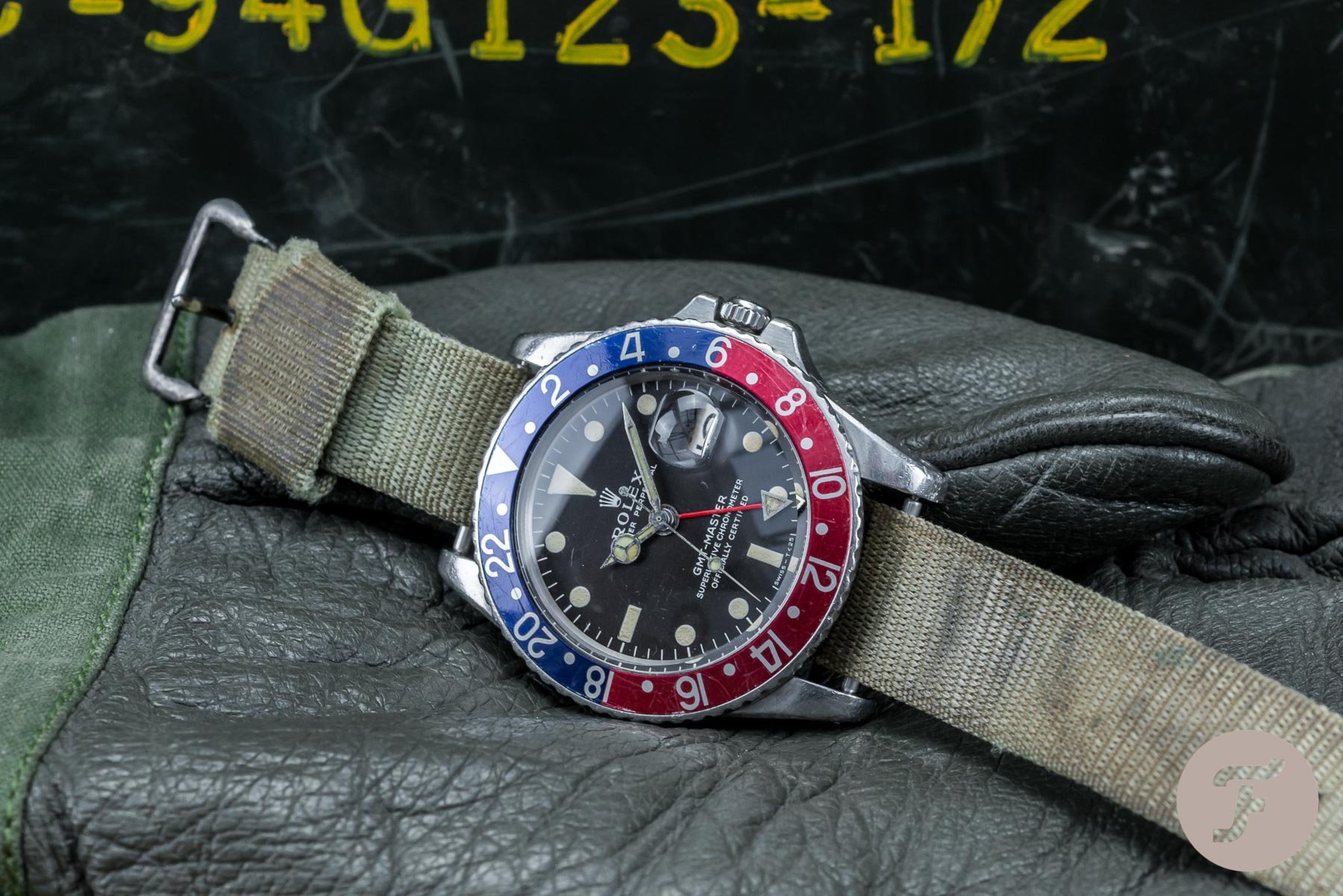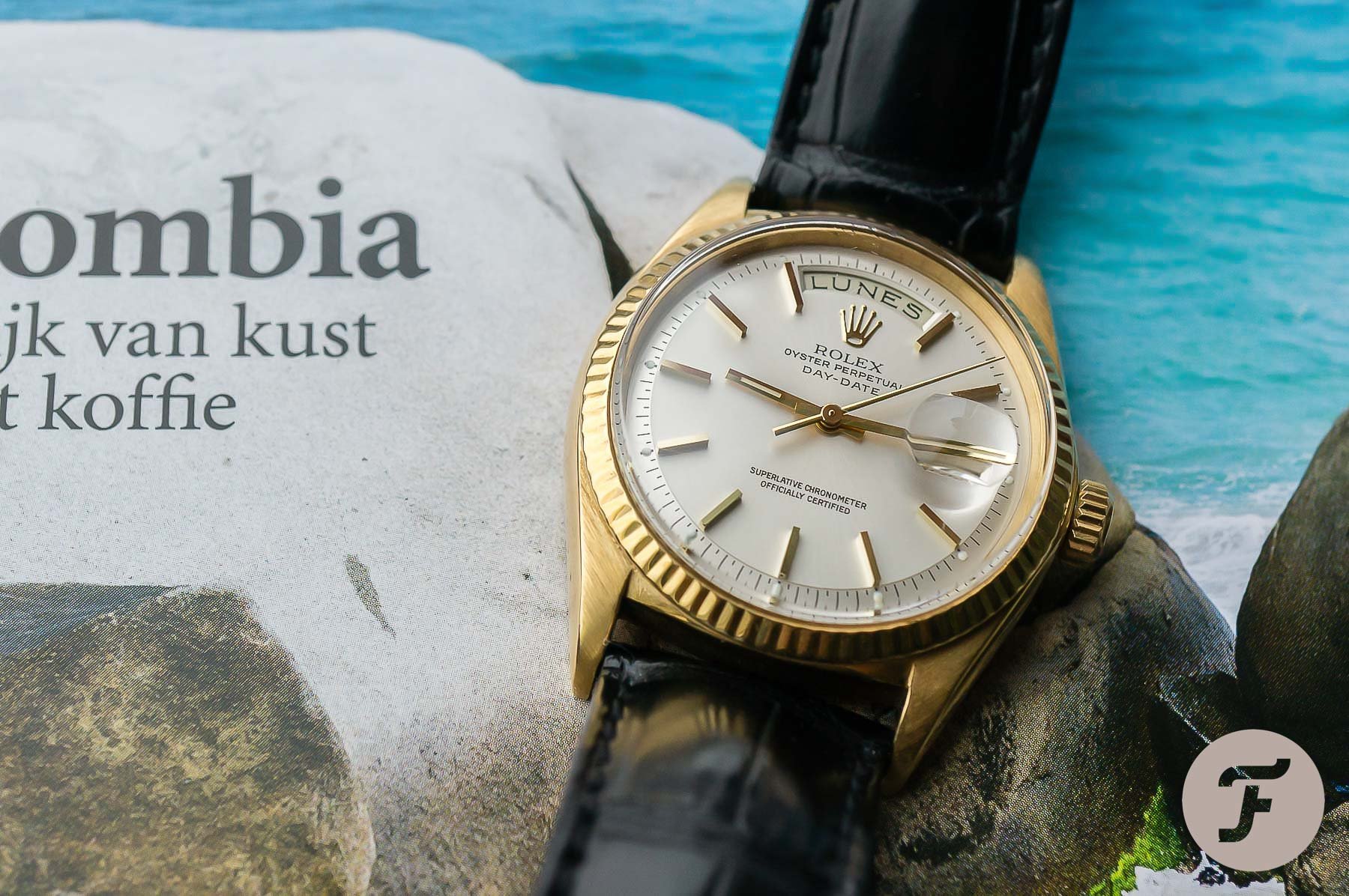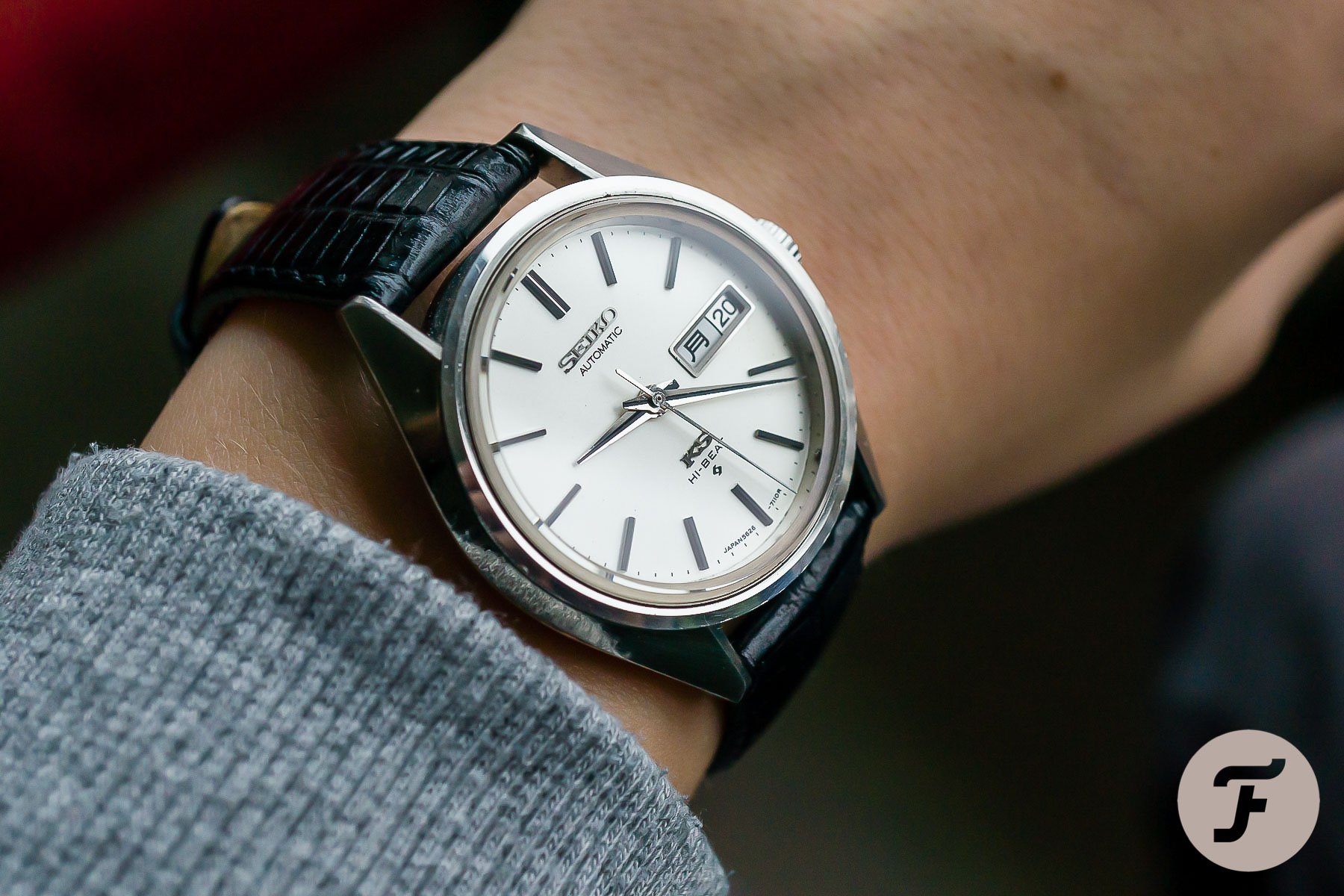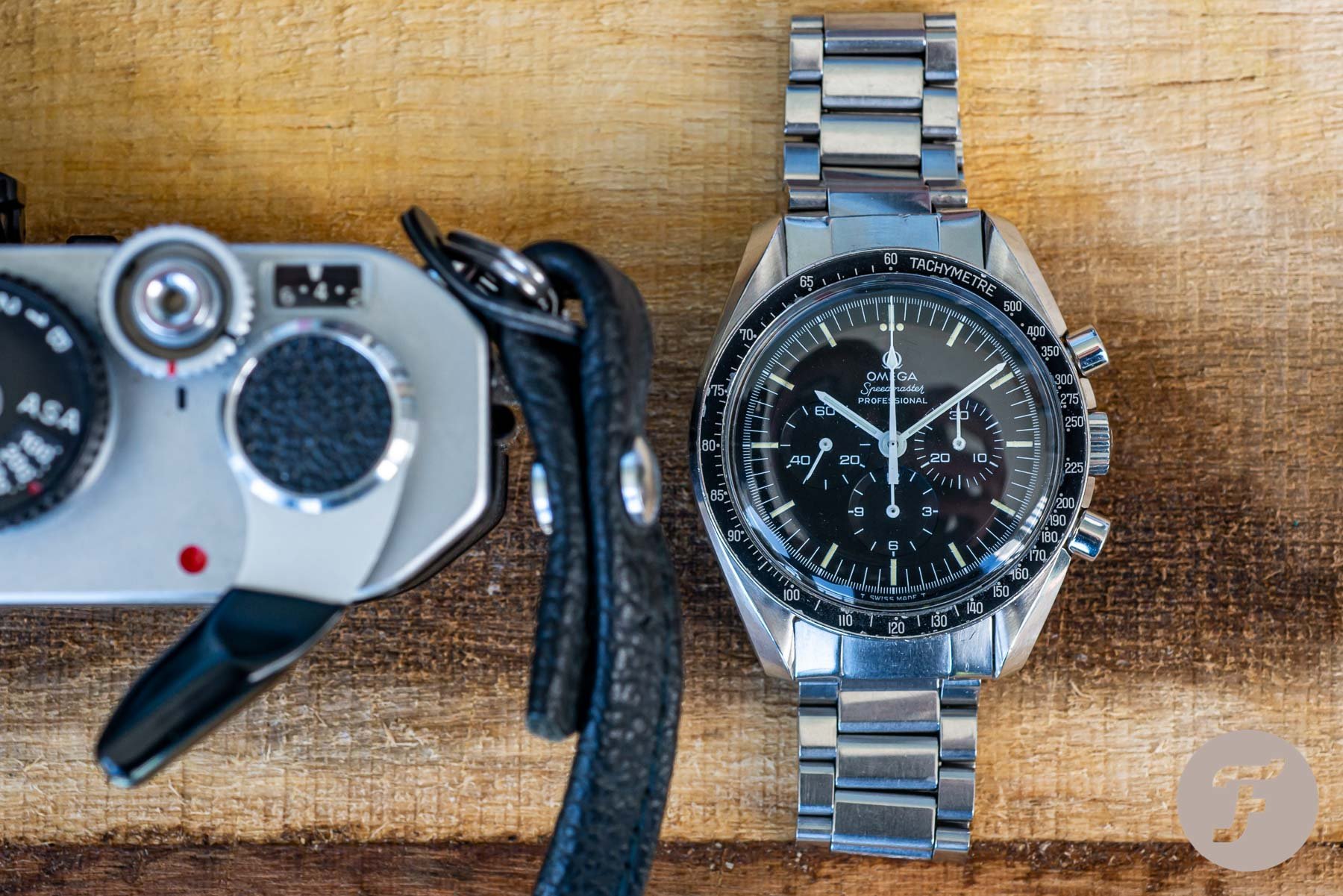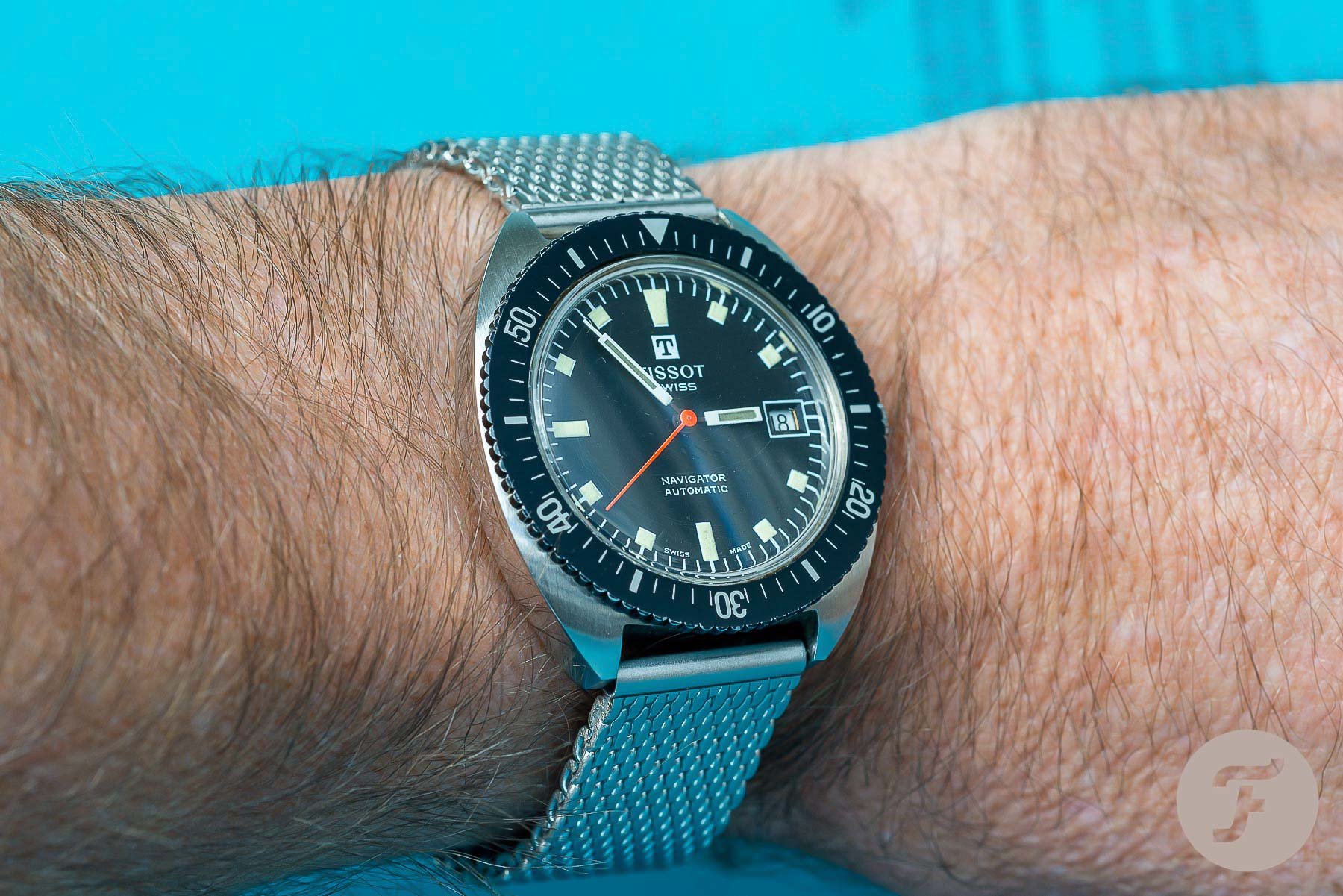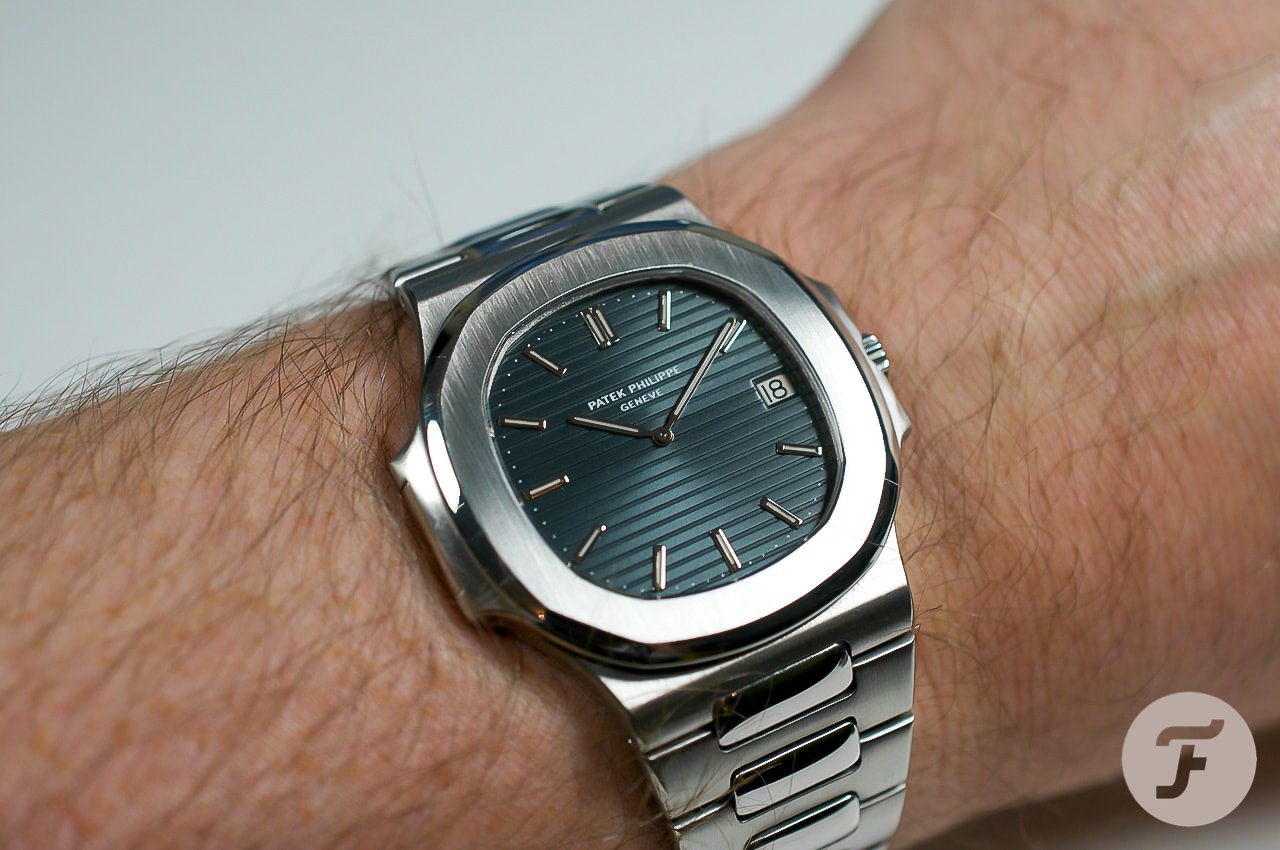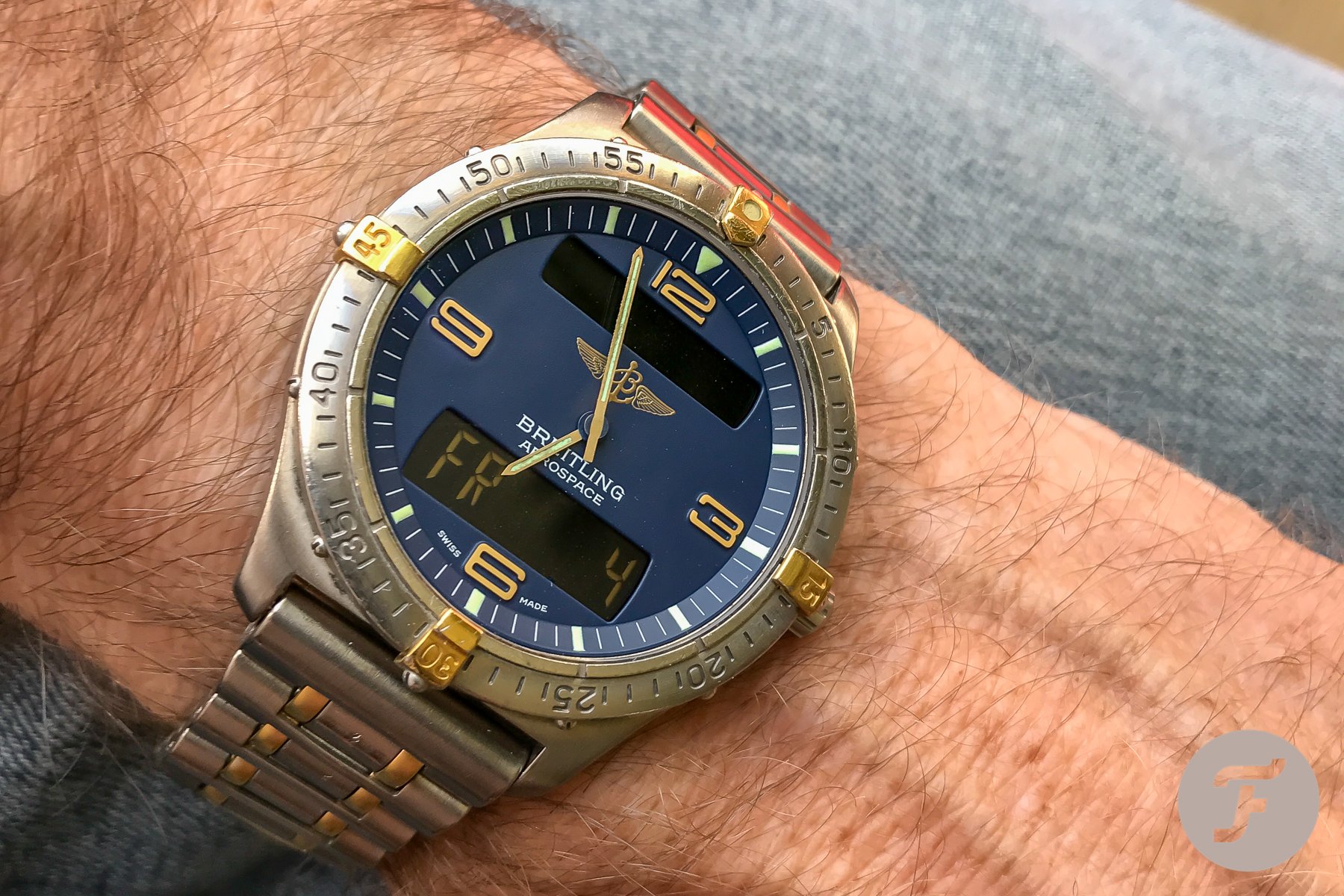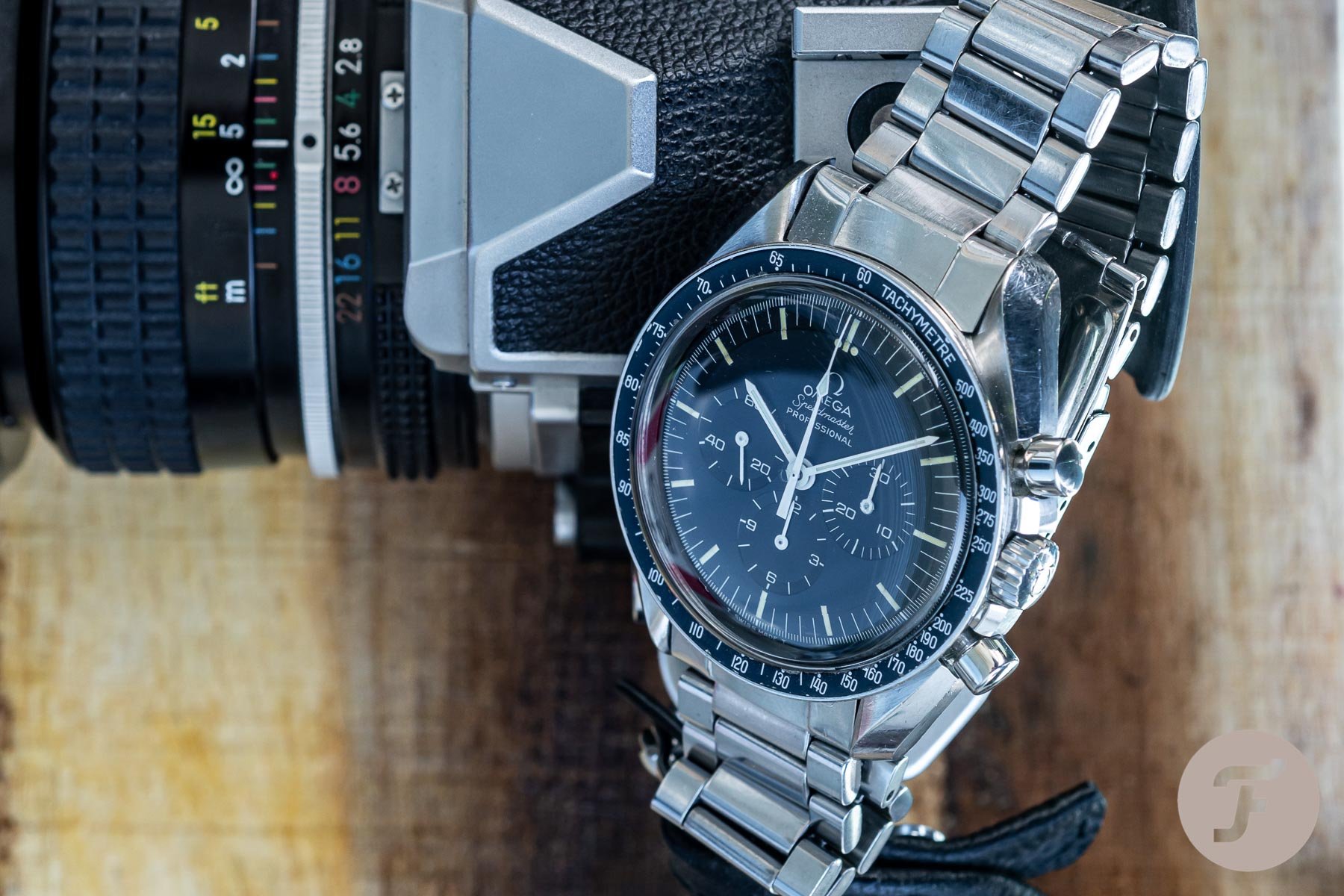Top 5 Vintage Watches I Actually Wear
Real watch aficionados love vintage watches. With real aficionados, I mean people who collect and admire watches for what they are as products. Investors love vintage watches as well. We’ve all seen vintage watches fetch dazzling prices at recent auctions. But are vintage watches, like their contemporary counterparts, suitable to wear on a daily basis?
We need to get something out of the way here first. When is a watch considered vintage? Antique dealers consider a product antique when it’s 100 years or older. They consider a product vintage when it’s over 20 years of age. But in my opinion, a 20-year-old product can just be old as well. It seems that there’s more needed for a watch to earn the vintage qualification. It has to be in proper condition and it has to be more or less functional. As well, I can’t see a watch produced in the year 2000 as a vintage watch, and I learned that I’m not alone here. In the watch community, in general, watches described as vintage are at least 30 to 35 years old. So let’s take that as a guideline to this article.
Have your vintage watch serviced
To start with here’s un-asked-for advice for anyone who wants to wear a vintage watch on a regular basis. By the way, you’ll find reasons why not to wear a vintage watch at the end of this article as well. But if you do want to wear a vintage watch, as I do, here you go. After the acquisition of a vintage watch, have it first thoroughly serviced by a capable watchmaker. They will advise you about the parts that need to be replaced and if they’re still available or not.
Discuss with your watchmaker what’s still possible and what isn’t. What are the consequences? So, have your watch serviced first, and or repaired, as thoroughly as possible, and replace as many serviceable parts as are still available. Only if that proved to be possible, start wearing the watch, and, thereafter, have it serviced regularly. It ensures that you’ll enjoy the watch for as long as possible, and your watch will keep its value.
Here are my Top 5 of vintage watches, fit enough to be worn, in age-chronological order.
Rolex Day-Date ref. 1803, 1967
Like I wrote in a 52Mondayz write-up about a Day-Date, I can’t see any self-respecting watch collector not having a Rolex Day-Date in his or her collection at some point. Even if Rolex is not your thing, you have to experience what it means to own a Day-Date. Feel how it feels to have it on your wrist. Even if it’s just for once. And then, I think, you’ll never be without one.
This reference 1803 wasn’t the first Day-Date in my collection. The first one I owned was a yellow-gold 18038. Later I more or less changed that one for the white-gold 18239 of above mentioned 52Mondayz article. That was as well because meanwhile, I found this yellow-gold 1803 as pictured in this article. And I must admit, I like this one more than I liked reference 18038. The vintage appearance dispenses with the flashiness of the more modern Day-Date with a flat dial and sapphire crystal. It has the same effect as white-gold does on a modern-day Day-Date as well.
King Seiko ref. 4502-7001, 1970
Either the 36,000vph hi-beat hand-winding version or its 28,800vph automatic sister with ref. 5626-7113 — as pictured here — I equally like to wear both. These watches, with virtually equal case designs, are perfect examples of Taro Tanaka’s “Grammar of Design”. If this concept is new to you, you’ll find an explanatory article by our friends of Worn & Wound. Visually my King Seikos are far from perfect, but they’re unpolished and honest and that’s how I like them. And, of course, technically they’re capably serviced by our Diva-Watchmaker, Paul.
Omega Speedmaster Professional ref. 145.022, 1971
Although I do have a — fully serviced — 321 Speedmaster in my collection, I feel more comfortable wearing this one with caliber 861. 321 spare parts have become scarce and expensive. A watch with caliber 861 is still relatively easy and cost-effective to service. I must admit, however, that the applied metal Omega logo and the teardrop secondhand of caliber 321 Speedmasters both add an extra “pop” to its vintage appearance. But the flimsy bracelet of my Speedmaster here above makes a good deal up for that. By the way, if you think you’re able to guess the camera please let us know in the comments.
Tissot Navigator ref. 44646-3X, 1974
I actually bought this Tissot to have an under-the-radar watch to use for some time in an area where I didn’t want to wear a more expensive watch. Of course, a G-Shock would do as well, but the watch-nut I am, I like to wear a “real” mechanical watch from time to time. I still wonder how it’s possible to acquire watches like this Tissot below €1,000. The quality of Tissot watches at the beginning of the seventies was quite equal to Omega.
Since the 1930s Omega and Tissot joint forces to overcome financial difficulties caused by the first world war. Although the brands remained separate, the development and manufacturing of many casing parts and calibers were merged. This cooperation lasted at least 50 years.
The automatic movement in this Tissot Navigator is a 21 jewels Tissot caliber 2481, beating at 21,600vph. It’s said to be the last movement Omega and Tissot developed together. While Tissot produced the 2481 movement with 21 jewels, Omega produced its equivalent as caliber 1480 with 17 and caliber 1481 with 21 jewels. The quick-set date function of this movement, which is operated by repeatedly pushing the winding crown, is quite unpopular, but I don’t mind it as an interesting quirk.
Patek Philippe Nautilus ref. 3700/1, 1978
Understandably my flagship vintage watch. It cost me a kidney, but I was able to buy this reference 3700/1 Nautilus about 10 years ago. It was at the time that I still ran my watch shop. The nice thing was, the Nautilus — which came with the original papers — was sold new in 1978 on the same street as my shop, at the opposite end. The Patek dealer at that had long since left the premises (it became current Patek dealer Steltman), but I knew them well from when they were still there. A good thing as well was that it had just been fully serviced at Patek in Geneva for a whopping €3,000 (invoice included).
Bonus: Breitling Aerospace ref. F5606, 1994
As a bonus, I decided to list my titanium and gold Breitling Aerospace. It’s only on the brink of being vintage, according to our self-determined rules. 26 years old, but it shows that even quartz watches have the potential to become sought-after vintage models. This Breitling definitely has that true vintage feeling. But it has the same vintage problems as well. If the analog-digital movement — or module, if you prefer — fails it is pretty much game over. The original module isn’t available at Breitling anymore. At first, a service module was offered, but that wasn’t a great success. It wasn’t a good fit, the digital numerals didn’t match the dial windows. So that’s something to check carefully when you consider buying a (nearly) vintage Aerospace.
Why should a vintage watch not be worn?
There are a few reasons for that. A vintage watch is unlikely to be as well-built as its modern counterpart. This isn’t often a huge problem, but expectations should be adjusted accordingly. However, our lives have changed and so has the way we take care of and use our watches. For instance, nowadays the presence of magnetism in our life is much higher. That is something that watches — specifically of the mechanical variety — are negatively influenced by. Modern watches are often constructed to withstand these higher magnetic fields. Vintage watches are more likely to have trouble with it.
Water-resistance and type of glass
Water-resistance. Most watches are produced to be water-resistant at least to some degree; even the vintage ones. But a watch used for over 30 years is more likely to leak than a new one. Gaskets wear out — crown constructions as well. Any form of corrosion could have taken its toll over the years. We don’t expect a watch to drown, but when wearing a vintage watch we need to think about the possibility that it might be more likely to.
…most of us don’t want to see our crystals scratched…
Older watches rarely have crystals of the same quality and durability as modern watches. They could even be plastic, or otherwise mineral crystal. Most of us don’t want to see our crystals scratched, but when wearing a vintage watch it’s more likely to happen than with a contemporary watch.
Service and spare parts
The last point I want to address might very well be the most important reason not to use a vintage watch as your daily wearer. Just like any other product, a watch will experience wear when being used, and so — as we all know — it regularly needs service. In an ideal world, a service means cleaning the old lubricants out and relubricating the movement. In practice, that is not always the case. Sometimes, components need to be replaced. Worse still, it is possible those components no longer exits int he same form…
Over the years a manufacturer may have decided to upgrade calibers and their components. That means the older movement may not be repairable. There will come a time that you need a part for your beloved vintage watch that isn’t available anymore.
If you do wear vintage watches on a daily basis please let us know in the comments below. We’re eager to learn about your experiences!
You’ll find more of my vintage watches through my Instagram account @gerardnijenbrinks

